PM Narendra Modi’s Green Growth Initiative
The Indian Prime Minister said during his first post-budget webinar that India has tremendous potential to become the leader in green energy, green jobs, and green markets.
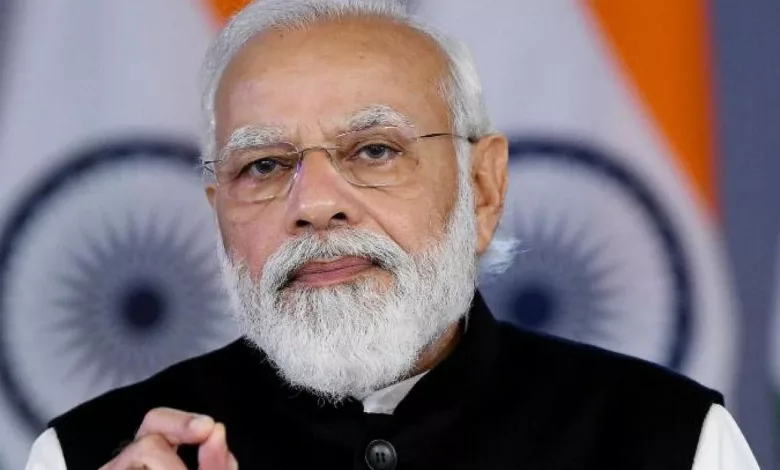
PM Narendra Modi’s Green Growth Initiative
Based on stakeholder inputs, thirteen ministries outlined a time-bound action plan for implementing budget announcements related to green growth. Over 1100 participants from industry, academia, public utilities and state governments participated in the implementation plan of green growth initiatives included in the Union Budget.
It took nine years for the nation to reach its 40 per cent non-fossil fuel contribution target. The country has also met an ethanol blend target of 10 per cent, five months ahead of schedule, while the government plans to complete a 20 per cent blend by 2025-30 instead of 2030.
In projections for green hydrogen by 2030, 5 MMT is estimated to be achieved, which is likely to be exceeded. Most of India’s electricity is generated through coal burning, but by 2030, 450 GW of power will be produced through solar power and other renewable energy sources.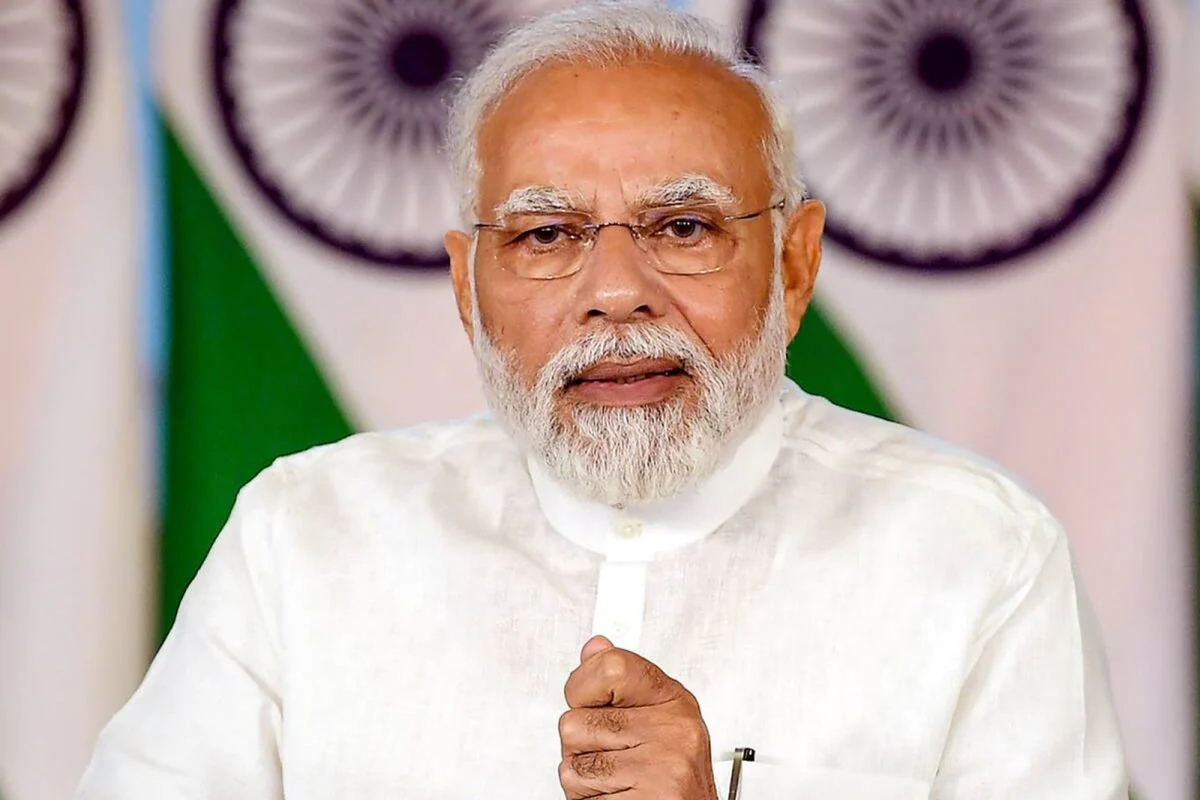
During OP26 last year, PM Modi promised India a greener future. By 2030, Indian solar and renewable energy will yield more energy than fossil fuels, he announced at COP26 in Glasgow.
As Modi stated at COP26 in 2021, India will increase its non-fossil energy capacity by 500 gigawatts. Our energy consumption will be 50% renewable by 2030.
India’s Bhadla Solar Park leads the world in solar power with 2245 megawatts of commissioned installations. This solar park in Bhadla, a village in the arid state of Rajasthan, covers 5700 hectares with 10 million blue solar panels.
It covers an area almost as large as San Marino. As the world’s largest country with 1.4 billion people, India is a front-runner in the fight against climate change.
The International Energy Agency (IEA) says India’s power system must expand within the next two decades to meet increasing energy consumption and control toxic air pollution in large cities.
We are demonstrating to the world that we are moving in the right direction with our green energy ambitions. Some self-styled experts claim this goal needs to be revised, given supply and demand challenges.
The PM Modi administration is infamous for dreaming big and executing mammoth projects with razor-sharp finesse. Solar parks like Bhadla Solar Park show how innovation, technology, and private and public finance can result in rapid changes.
India generated five times more green energy in the past decade than in the previous decade. To meet the 2030 targets of the government, the green energy sector must grow at the same pace as the economy.
Furthermore, Gujarat is constructing a renewable energy park the size of Singapore. The prime minister also announced that India would become carbon neutral by 2070 at COP26. He said that rich, historic emitters must provide financing to fulfil such emission-reduction pledges.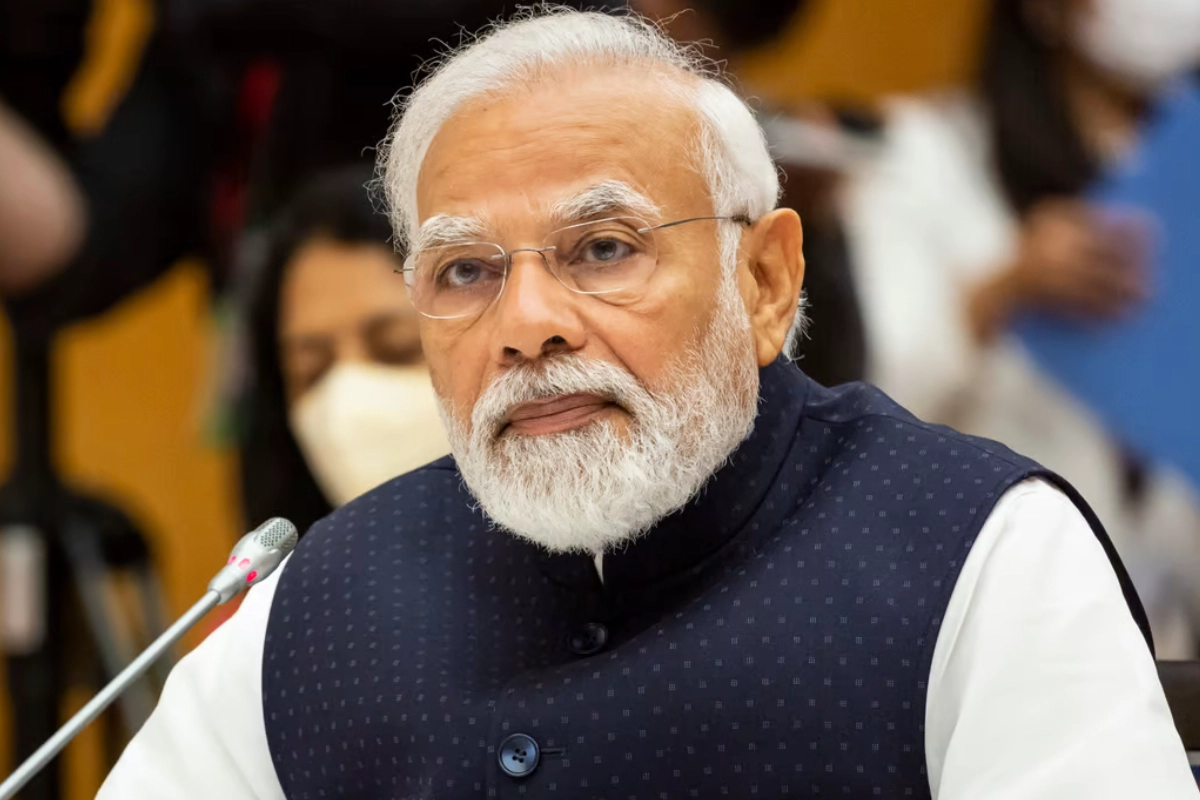
Announcing India’s participation in COP26, Modi said developed countries should provide India with $1 trillion in climate finance as soon as possible. Climate finance and progress on climate mitigation today should be tracked.
An estimated 900 GW of renewable energy is available in India, according to the Ministry of New and Renewable Energy (MNRE).
In terms of solar power, solar’s capacity has been revised to 750 GW (considering the use of 3 per cent of wasteland for solar installations).
The wind’s capacity has been revised to 102 GW (at a mast height of 80 metres). A new wind power calculation at 100 meters has been released by the National Institute of Wind Energy (NIWE).
Small hydro and bio-energy are estimated to have a potential of 20 GW and 25 GW, respectively. Most of the total target is expected to be met by the Southern, Western, and Northern regions, with the remaining amount coming from the Northeastern and Eastern regions.
Its highest target is 22 GW, while Tamil Nadu’s is 21.5 GW. Renewable energy capacity connected to the grid increased from 57 GW in 2016-17 to 78 GW by 2019-20.
21.8 per cent of the nation’s installed power generation capacity was derived from renewable energy sources in 2018-19. There were 35.6 GW of wind power (ten per cent), 28 GW of solar power (7.9%), 4.59 GW (1.29%), 9 GW (2.56%) and 0.13 GW (0.04%) of biomass and cogeneration power.
With 1.5 GW of additional wind capacity added in 2018-19, India has 35 GW of installed wind capacity. India’s Tamil Nadu (8968 MW) and Gujarat’s 6073 MW are said to be boosting their capacity the most.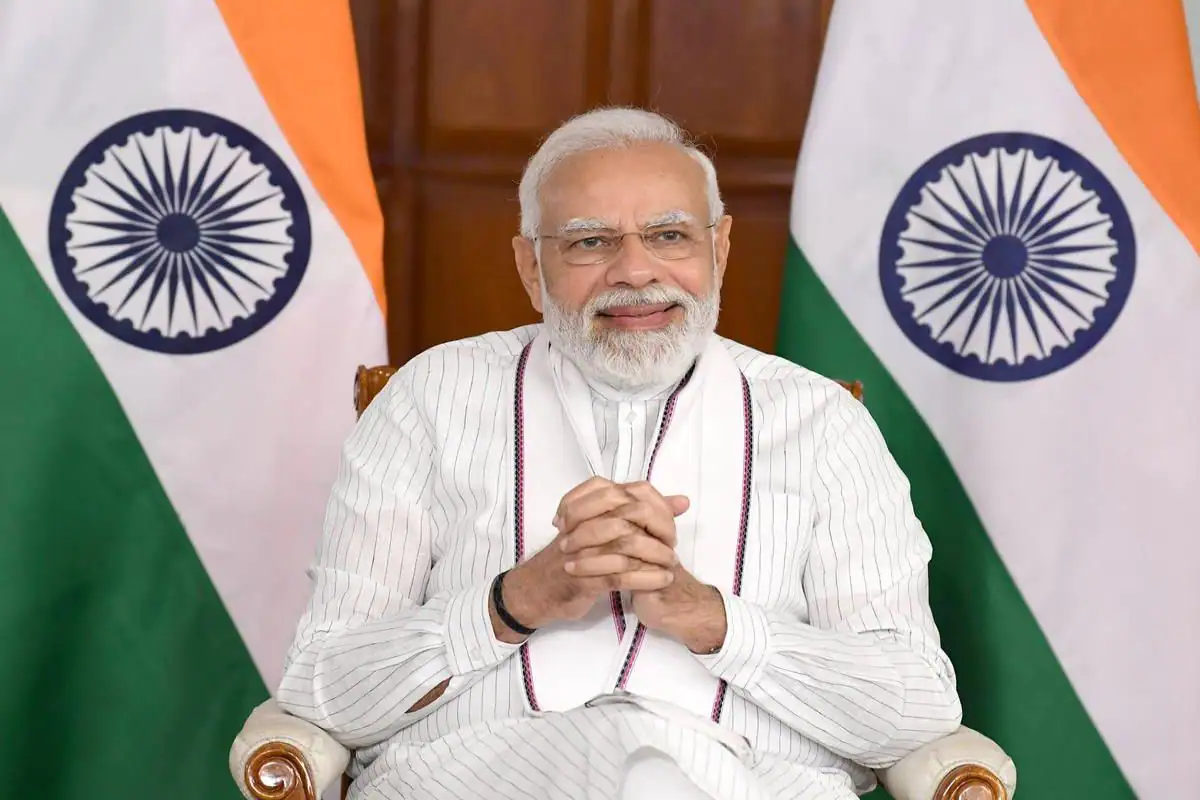
5.7 GW of solar power was installed in 2018-19, bringing the cumulative installed solar capacity to 28 GW. In comparison with last year, this represents a massive increase.
In terms of solar power capacity installed in India, four states led (Karnataka, Telangana, Rajasthan, Andhra Pradesh, Tamil Nadu, Gujarat, and Madhya Pradesh).
Its total installed capacity is 3,56,100 MW, making it the world’s third-largest electricity producer. It comprises 64 per cent thermal energy (54.60 per cent coal, 7.7 per cent gas, 0.2 per cent diesel), 2 per cent nuclear power, 13 per cent large hydropower, and 21.8 per cent renewable energy (wind, solar, biomass, waste-to-energy).
A 100 per cent subsidiary of NTPC is building a 4750 MW renewable energy park in Khavada, Gujarat, called NTPC Renewable Energy Limited (NTPC REL).
The solar park will be created by the most significant power producer in the country, making it the biggest in the country.
Currently, the state-owned power corporation has 66 GW installed across 70 power projects, and another 18 GW is being constructed.
A floating solar power plant of 10 MW (ac) was recently commissioned by NTPC on Simhadri Thermal Power Plant’s reservoir.
Furthermore, Ramagundam Thermal Power Plant, Telangana, will commission a 100MW floating solar project soon.
Ladakh Hydrogen and Fuel Cell Electric Vehicles (FCEVs) are among the projects signed by NTPC RE Ltd with the Union Territory of Ladakh and Ladakh Autonomous Hill Development Council (LAHDC).
NTPC’s first solar installations in Leh were also inaugurated at the signing of the MoU, including solar trees and a solar carport. Economic growth in India has decoupled from greenhouse gas emissions.
The Net Zero Emissions target set by Indian Railways alone by 2030 will reduce emissions by 60 million tonnes yearly. Like the UJALA LED bulb campaign, India has reduced emissions by 40 million tonnes annually through its UJALA LED bulb campaign.
A national hydrogen mission was launched to make India the world’s largest hub for hydrogen.
The country’s sustained efforts have resulted in much lower per capita CO2 emissions than those in other countries despite supporting the second-largest population on the planet.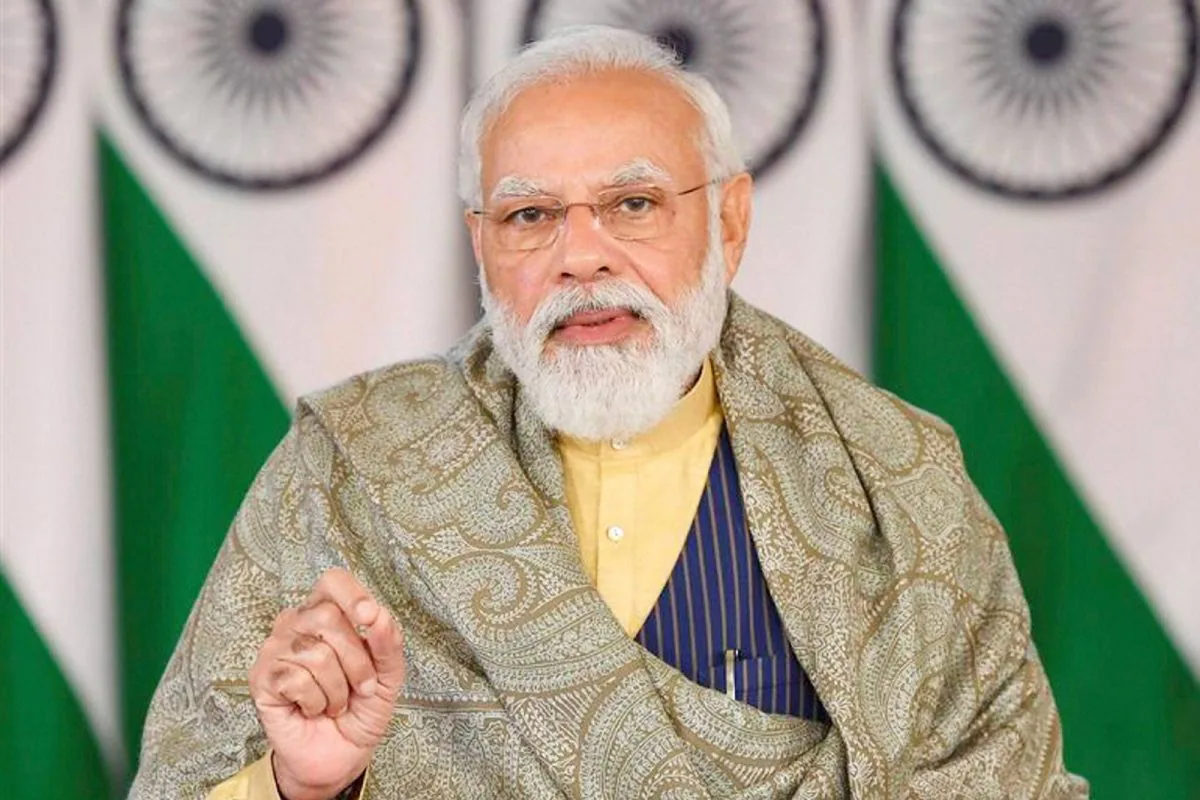
The US emits 14.7 tonnes of carbon dioxide per capita, compared to China, with 7.6 tonnes and India, with 1.8 tonnes.
A technological revolution accelerates the global power sector as it responds to climate change protocols. A 40 per cent share of India’s power needs will be provided by non-fossil fuels at COP21 in Paris in 2015.
Among India’s green growth strategies, scrapping old vehicles is crucial, with this market likely to grow in the coming years.
For other developing nations to take climate pledges and translate them into action, India’s experience will be invaluable.
With India’s leadership position in renewable energy, the world will undergo a commensurate transformation.
In 2014, India added the most solar energy capacity among major economies. As a country, we have a history of exceeding our green energy objectives well ahead of time.
edited and proofread by nikita sharma




